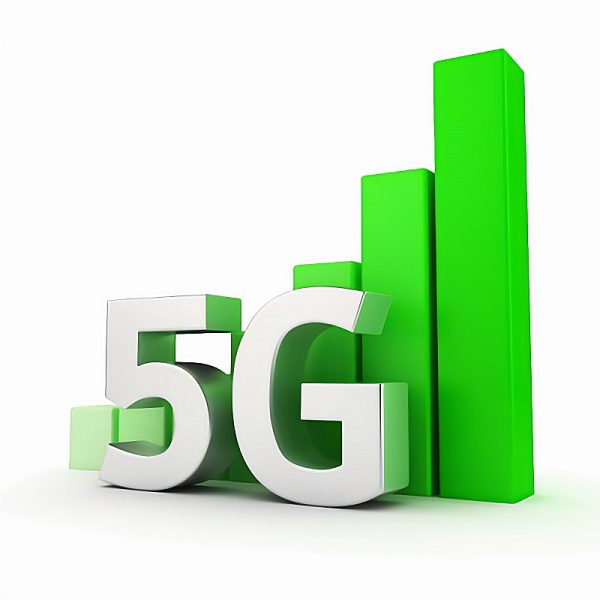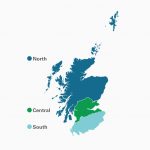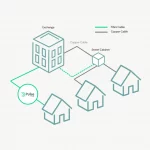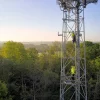Ofcom Confirm Bidders for the UK 5G Mobile Auction of 26GHz and 40GHz

The UK telecoms regulator, Ofcom, has today confirmed that the final bidders due to take part in their auction of the 26GHz and 40GHz millimetre wave (mmW) bands for faster 5G data (mobile broadband) services will include BT (EE), Telefonica UK (O2 / Virgin Media) and Vodafone (VodafoneThree). No surprises this time around.
The major mobile network providers currently already have access to several 5G capable bands between 700MHz and 3.8GHz. Such frequencies reflect the same sort of low and mid-band radio spectrum that mobile operators have been using since the advent of the first 3G and 4G networks.
The move to auction off 26GHz (25.1-27.5GHz) and 40GHz (40.5-43.5GHz) will complement those existing bands by providing lots of additional spectrum frequency, which means more data capacity for extremely fast speeds (e.g. multi-Gigabit). But such signals tend to be very weak and can’t cover a wider area without a much denser / more expensive network, which in practice means they’ll primarily be used for serving busy urban areas (shopping malls, airports etc. – “High Density Areas“) and fixed wireless broadband (FWA) links.
Advertisement
Ofcom plans to make this spectrum available in a clock auction (200MHz lots) with 15-year licences across 68 “high-density” areas (i.e. cities and select transport hubs). Interestingly, the UK is one of the first countries in Europe to award spectrum in the 40GHz band for mobile, although the 26GHz award is much more in keeping with the EU’s existing approach and many operators can already access it.
The first bidding or principal stage is currently still expected to take place this month (an exact start date will be confirmed soon), although we won’t learn the final outcome until a little bit later. Ofcom’s reserve prices for this spectrum also appear to be modest when compared with other European auctions (£2m per 26GHz lot and £1m per 40GHz lot).
As usual, winning the auction is only part of the challenge. Network operators will then need to update and adapt their networks to support the new bands, and not all UK devices (Smartphones etc.) are currently able to harness them; this is particularly true of the 40GHz band.
Mark is a professional technology writer, IT consultant and computer engineer from Dorset (England), he also founded ISPreview in 1999 and enjoys analysing the latest telecoms and broadband developments. Find me on X (Twitter), Mastodon, Facebook, BlueSky, Threads.net and Linkedin.
« Boldyn Networks Boost London’s 5G Mobile Cover via 200 Small Cells
Advertisement
Leave a Reply Cancel reply
Privacy Notice: Please note that news comments are anonymous, which means that we do NOT require you to enter any real personal details to post a message and display names can be almost anything you like (provided they do not contain offensive language or impersonate a real person�s legal name). By clicking to submit a post you agree to storing your entries for comment content, display name, IP and email in our database, for as long as the post remains live.
Only the submitted name and comment will be displayed in public, while the rest will be kept private (we will never share this outside of ISPreview, regardless of whether the data is real or fake). This comment system uses submitted IP, email and website address data to spot abuse and spammers. All data is transferred via an encrypted (https secure) session.





















































It’s about time we started using this spectrum. Over the years as 4G and 5G got deployed, I noticed a similar pattern: An early adopter like me sees the new icon and speeds are great for a few months, then as more users update their devices the general speed slows down until heavily populated areas become basically unusable.
These high-frequency bands are much better for serving those areas, even though the range is pretty short and a poster can block the signal.
But when it will happen? I bet not until around 2030!
Don’t be naive, this will not make any difference. Only OFCOM is buying operators BS.
Is he being naive or do you breed utter negativity and pessimism ?
By which metric and evidence will it not “make any difference”
Tmobile in the US uses this spectrum quite successfully